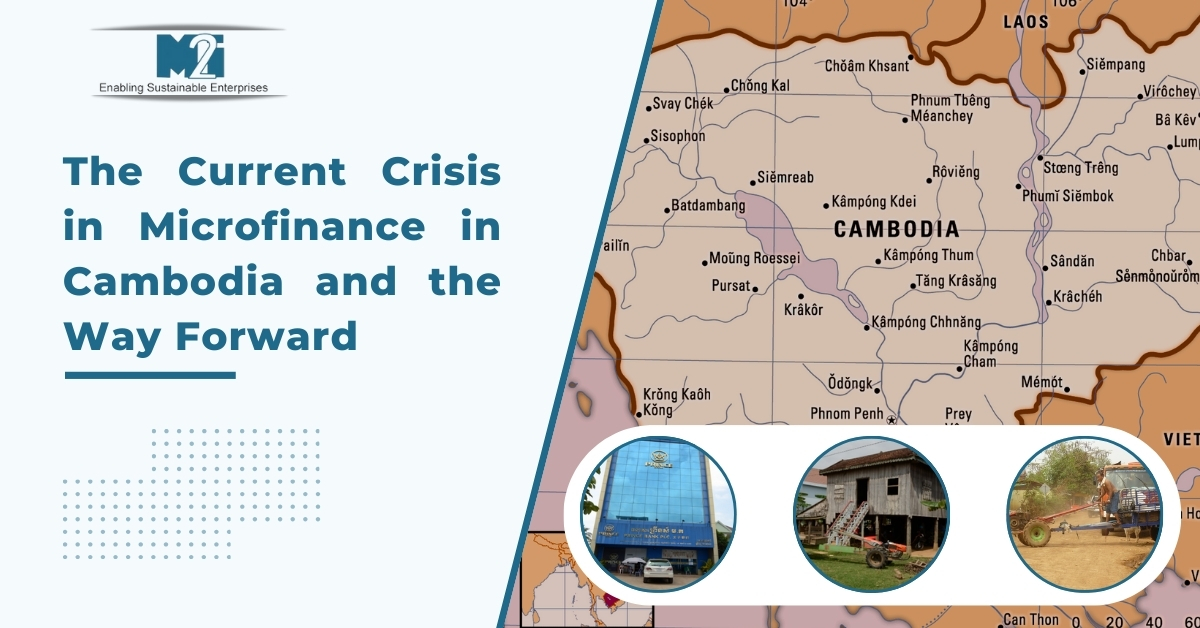
The Current Crisis in Microfinance in Cambodia and the Way Forward
Cambodia's microfinance sector, once hailed as a beacon of hope for economic empowerment and poverty alleviation, is now facing a severe crisis. The sector, which drew significant investments from European development banks and the International Finance Corp. (IFC), aimed to boost small businesses and lift millions out of poverty. However, reports of predatory lending practices, borrower suicides, and families being forced to sell land or send children to work to repay debts have cast a dark shadow over its achievements.
In August 2023, the IFC's watchdog launched an investigation into whether the agency failed to conduct adequate due diligence before investing in six of Cambodia's largest microlenders, which dominate 75% of the market. This probe has amplified concerns about the country's weak regulatory framework and the inadequate enforcement of critical client protection standards. These standards include prohibiting coercion of low-income borrowers and ensuring thorough cash-flow analyses to confirm borrowers' ability to repay loans, which average over $5,000 each.
Amidst the turmoil, certifications of high client protection standards for several leading microlenders, including Amret, LOLC Cambodia, Sathapana Bank, and AMK Microfinance Institution, have come under scrutiny. These certifications, often relied upon by investors, are now questioned for their validity and effectiveness, particularly following a spate of borrower suicides. Critics argue that the oversaturated, profit-driven market fosters irresponsible lending practices, even among institutions with supposedly robust policies.
The current crisis underscores the urgent need for reform. Firstly, the regulatory framework must be strengthened to enforce strict client protection measures with the full backing of the law. Regulatory bodies like the National Bank of Cambodia should enhance oversight and ensure compliance with established standards.
Secondly, the certification process needs to be more rigorous and transparent. This includes conducting surprise field visits and in-depth borrower interviews without the presence of lenders' staff to obtain unbiased insights into lending practices.
Finally, investors and development banks should remain engaged, not withdraw, to help address the sector's problems. They should provide resources for a more robust certification process and support initiatives aimed at enhancing financial literacy among borrowers.
Cambodia's microfinance sector has the potential to fulfill its original promise of economic empowerment, but this can only be achieved through concerted efforts to reform and strengthen the existing systems.